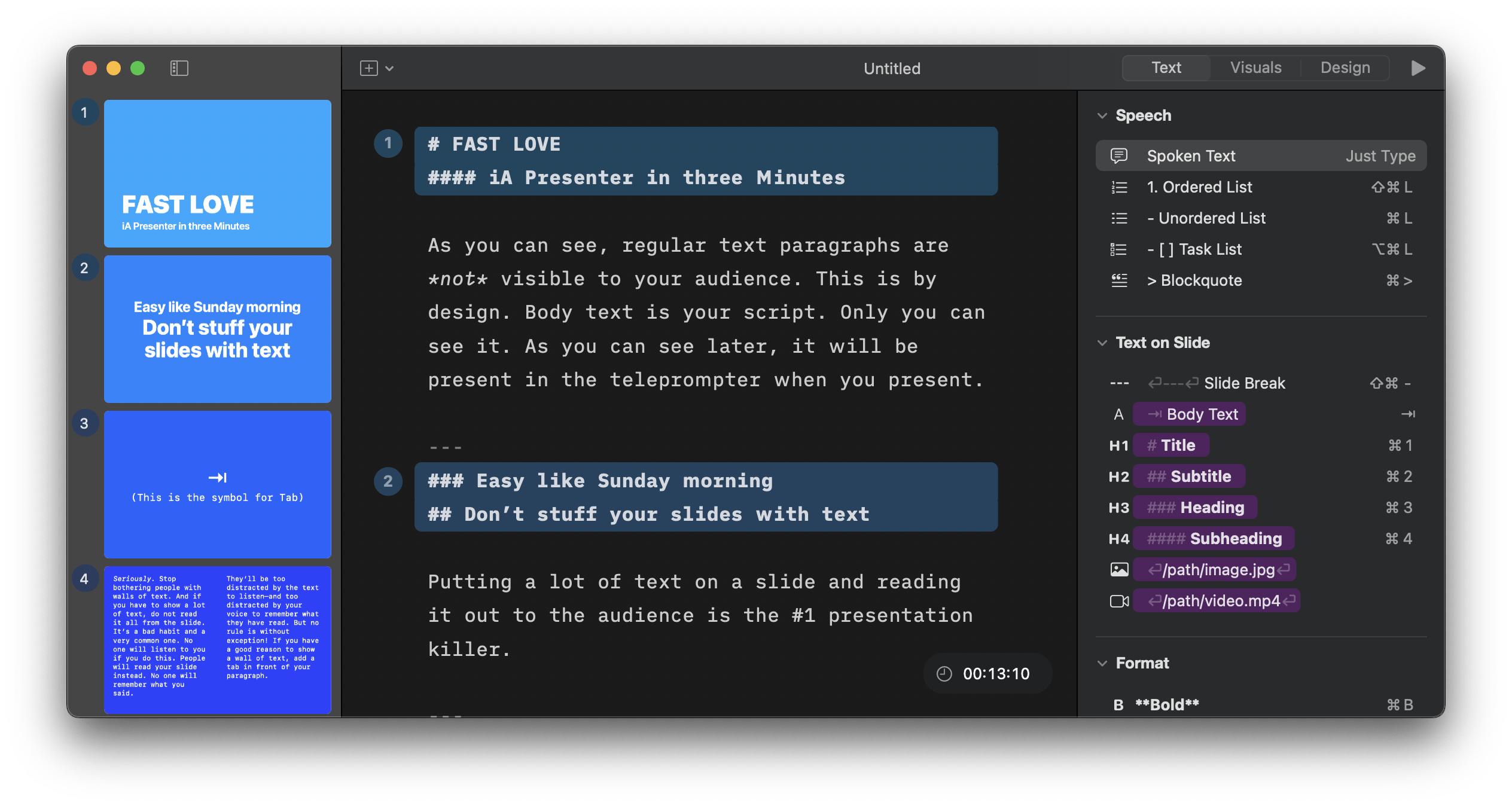While we’re just halfway through Pride month, July is Disability Pride Month, and in preparation for this year, I’ve created a high resolution version of Ann Magill’s Disability Pride Flag, which she released into the public domain. I have also created a brighter variant that may be more suitable in some situations.

You can snag the images from this blog post, or you can download the 175 KB Disability Pride Flag .zip file, which includes both the standard and bright variants as high-resolution (2000×3000 pixel) .png, .svg, and .pdf files, along with the Affinity Designer source files I created.

An explanation of the design and the meaning of the colors, from Ann:
I and several people with visually triggered disabilities (some of whom wished to remain anonymous) have collaborated to come up with this new design, shown above. The colors have been muted and rearranged to reduce eye strain, and each stripe also has a slightly different level of brightness (brightest in the center and darkening outward), so that even those with some form of color blindness can distinguish the stripes.
And in case you’re wondering, here’s the flag’s symbolism:
Having All Six “Standard” Flag Colors: signifying that Disability Community is pan-national, spanning borders between states and nations.
The Black Field: Mourning and rage for victims of ableist violence and abuse
The Diagonal Band: “Cutting across” the walls and barriers that separate the disabled from normate society, also light and creativity cutting through the darkness
The White Stripe: Invisible and Undiagnosed Disabilities
The Red Stripe: Physical Disabilities
The Gold Stripe: Neurodivergence
The Blue Stripe: Psychiatric Disabilities
The Green Stripe: Sensory Disabilities
Download link: DisabilityPrideFlag.zip (175 KB)

